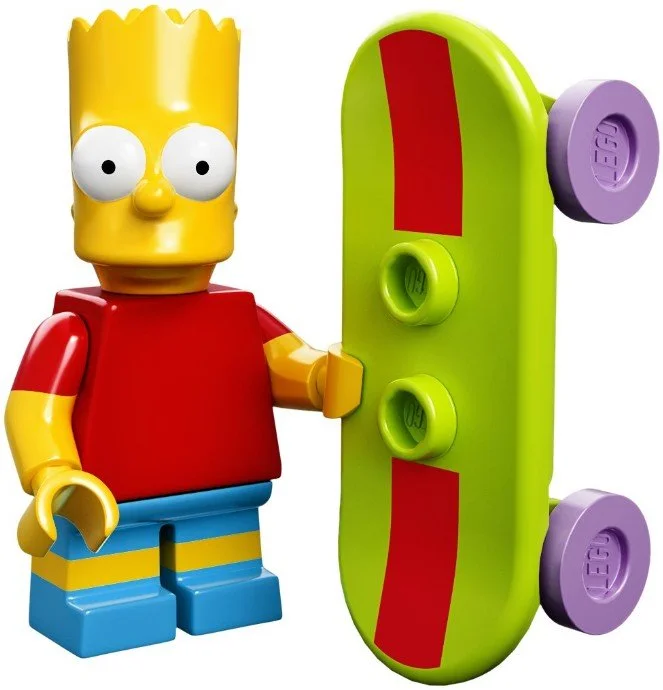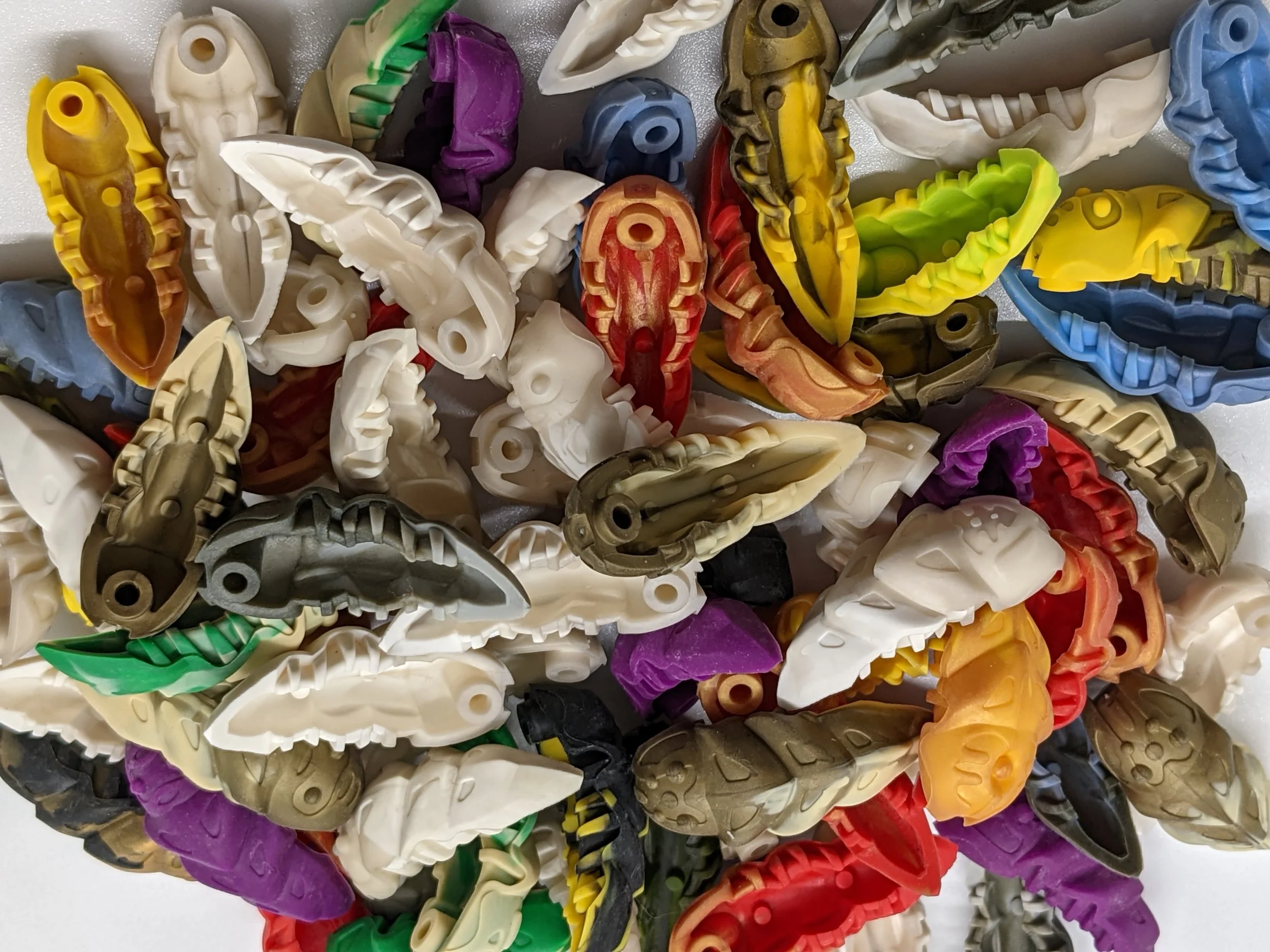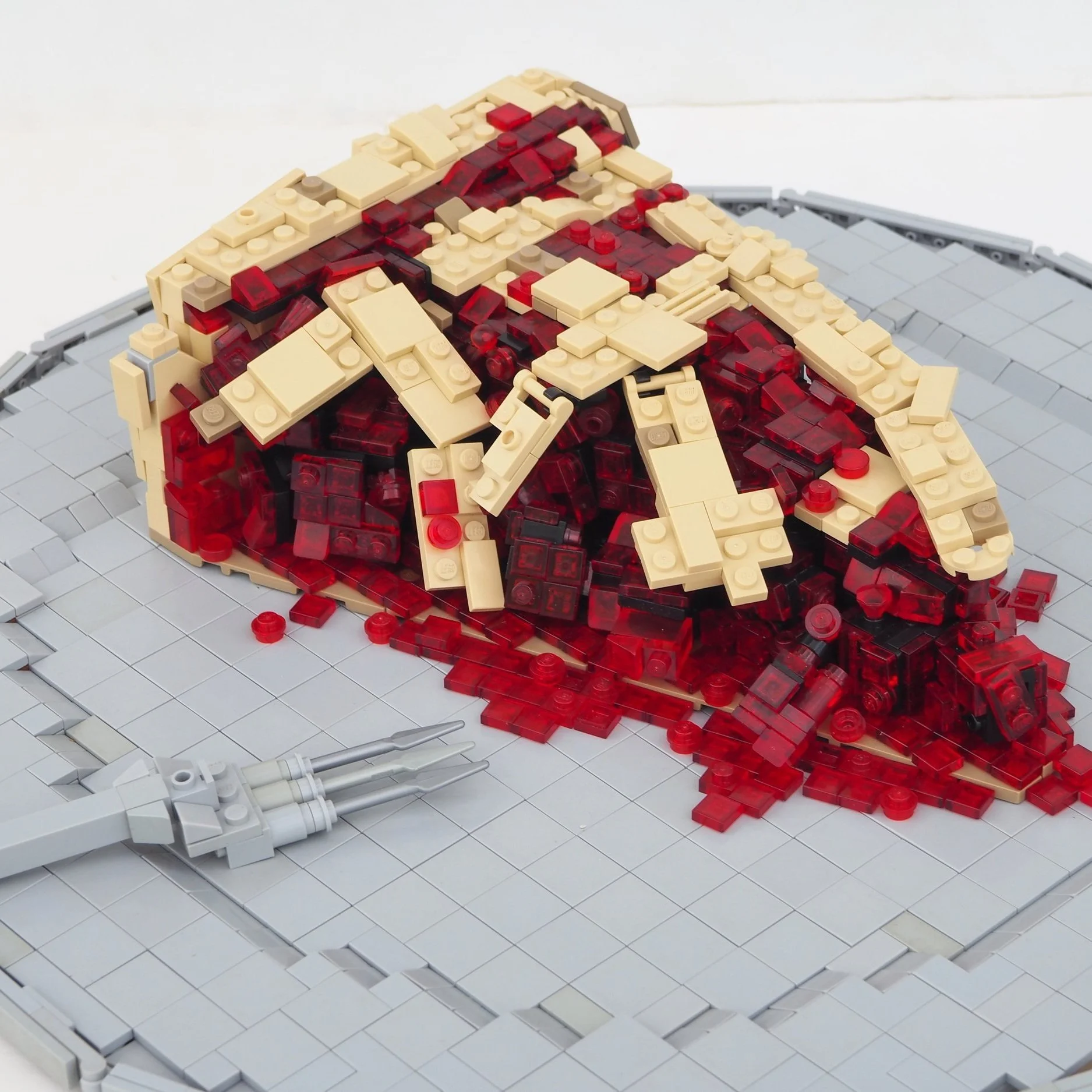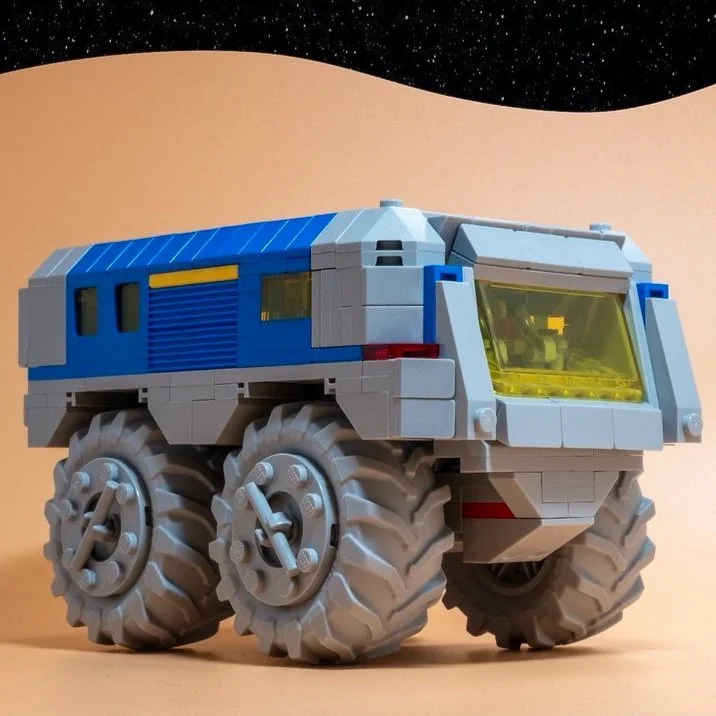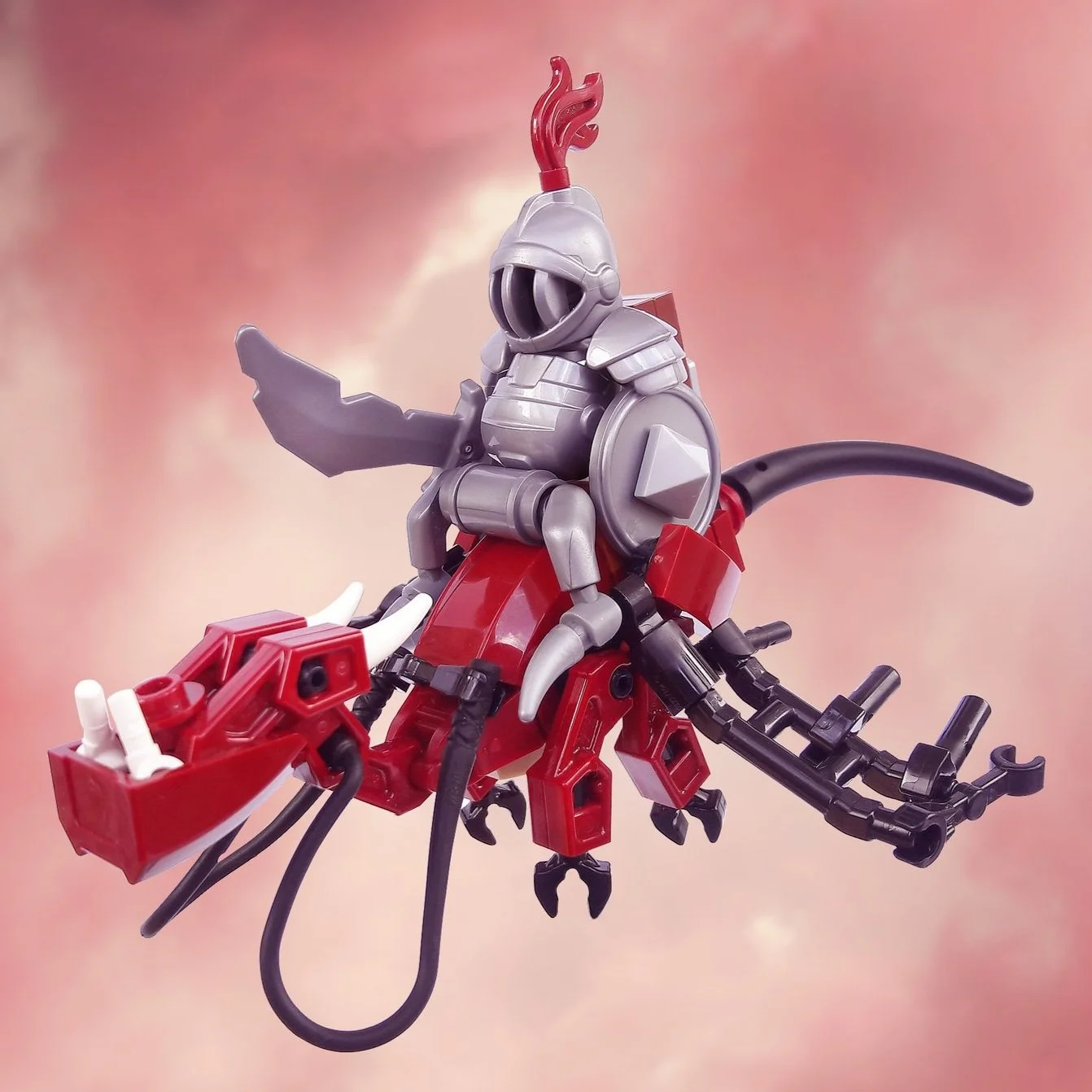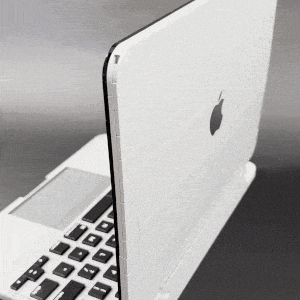Overmolding & Dual Molding: What’s the Difference?
/What is an overmolded LEGO piece? We’ve all heard this term bounced around in the community, but what exactly is it, and is it the same as a dual mold? Today we’ll take a brief look at both.
A sample of overmolded minifig elements.
Well, an overmolded piece is exactly what it sounds like—part of the element is molded on top of another part, trapping one of the pieces within another and making a single element with two or more colors. There is a distinct line where one color ends and another begins, and yet, it’s all in the same piece.
Taking a look at recent history, the first extensive use of overmolding in a LEGO set that I know of would be back in 2014 with the Simpsons Collectible Minifigures. Those were quite a game-changer that have since ushered in quite the new epoch of overmolding from LEGO.
Many of the figures had arms and legs and even heads with crazy new molds, using multiple pieces layered together to create their iconic looks in an eerily accurate brick-built form. And when you are using different colored plastic, you don’t have to print them.
See the little brain? pretty neat, huh?
But really, the first time I can identify that the LEGO Group used this technique was in Indiana Jones, with the infamous crystal skulls. The brain inside the trans-clear skull really pops, showing how complex LEGO could make pieces back in 2009. It is more expensive to produce, using two separate molds at least, which is why most of the overmolding you see comes from sets based on an intellectual property (IP) of some sort.
Those well-versed in a theme near and dear to my heart, Bionicle, have probably noticed some pieces with multiple colors too. The second wave of enemies was the Rahkshi and they came with Kraata. These little gummy worm-looking fellas use a different molding strategy, known as dual molding. These are made when a mold has rubber or plastic in multiple colors and is injected into the mold at the same time, creating a marbled effect.
Kraata are rather hard to get these days (I totally didn’t clear out bricklink a while back)
No two dual molded elements are the same, as the plastic doesn’t mix the same each time so every piece is slightly different. Nowadays, the most common dual molded element would be the large fire piece used in just about every theme at some point or another.
Both overmolding and dual molding have been around for a while, but they are being perfected right before our very bricks. The advantages to using these are apparent: fancier pieces and better color accuracy compared to prints.
There are also downsides: marbled pieces all look different, so if you need an identical part, you will have a very difficult time finding another. Overmolded pieces are also complex to make—a piece needs to be taken out of one mold and into another, aligned properly so the next layer gets injected in the right spot or the piece will not form properly. These make the pieces significantly more costly than a typical brick, but the results speak for themselves.
I’m personally a huge fan of both of these methods and am looking forward to the time when a new piece is both overmolded AND dual molded. (Mindblown!)
Do you prefer overmolding or dual moding? Let us know below!
Do you want to help BrickNerd continue publishing articles like this one? Become a top patron like Charlie Stephens, Marc & Liz Puleo, Paige Mueller, Rob Klingberg from Brickstuff, John & Joshua Hanlon from Beyond the Brick, Megan Lum, and Andy Price to show your support, get early access, exclusive swag and more.



